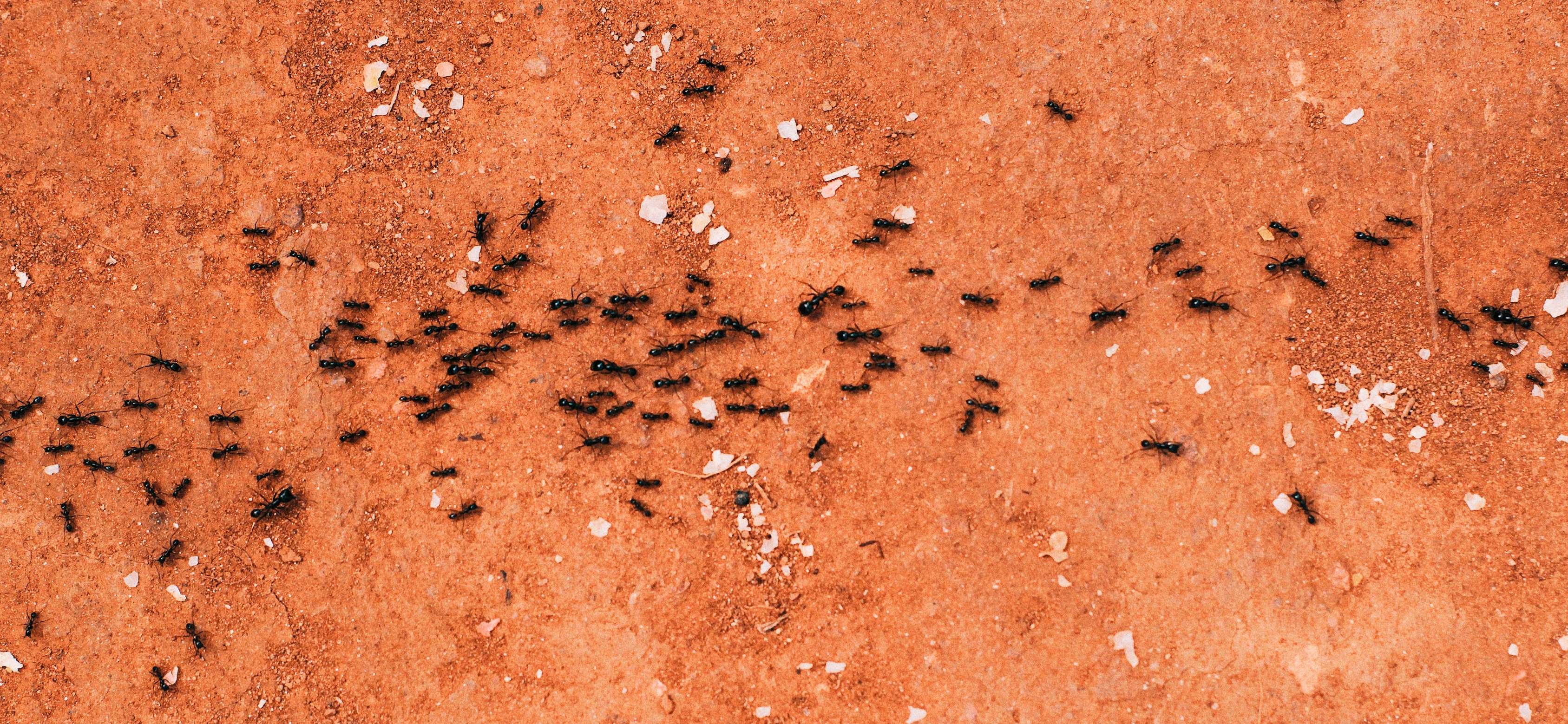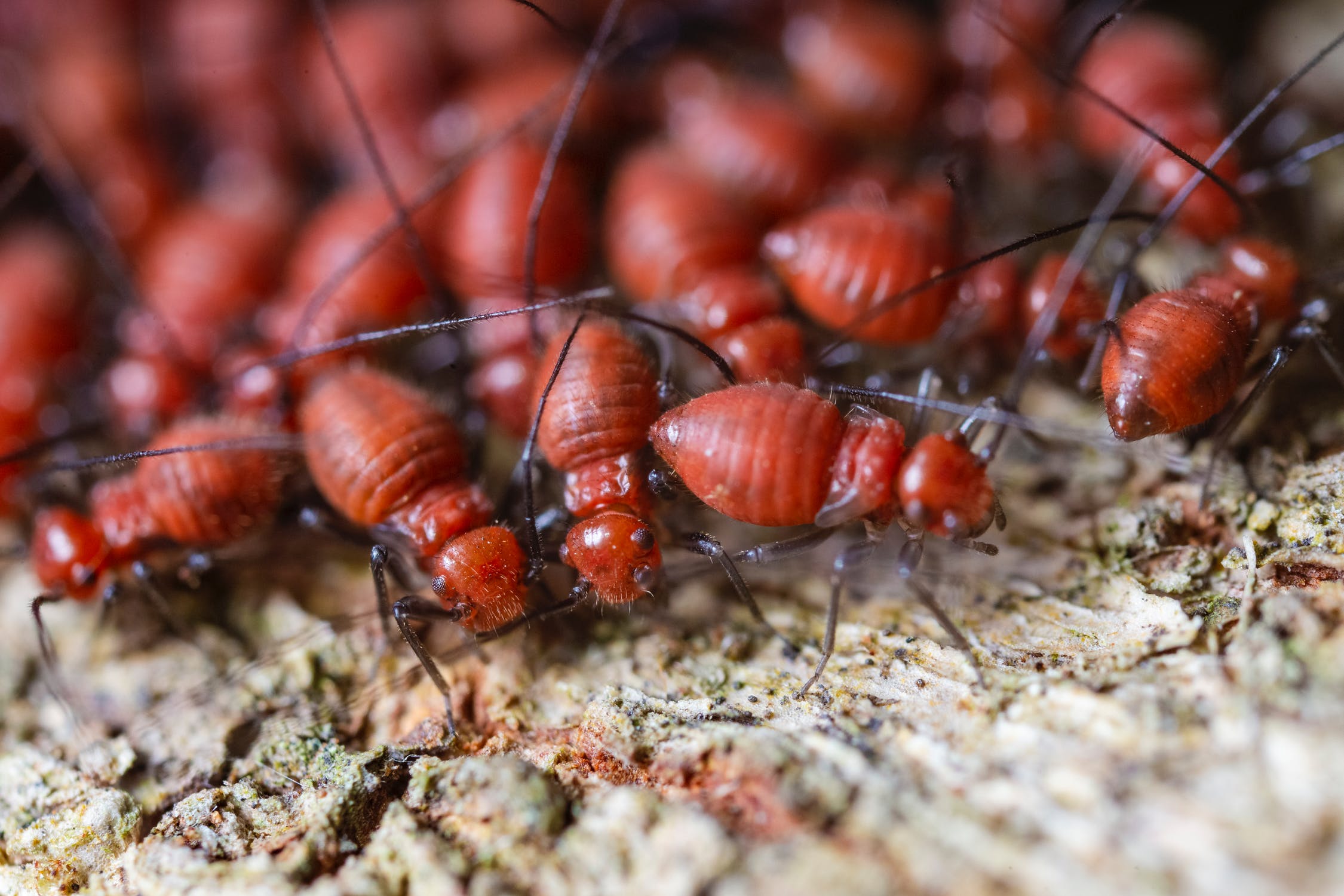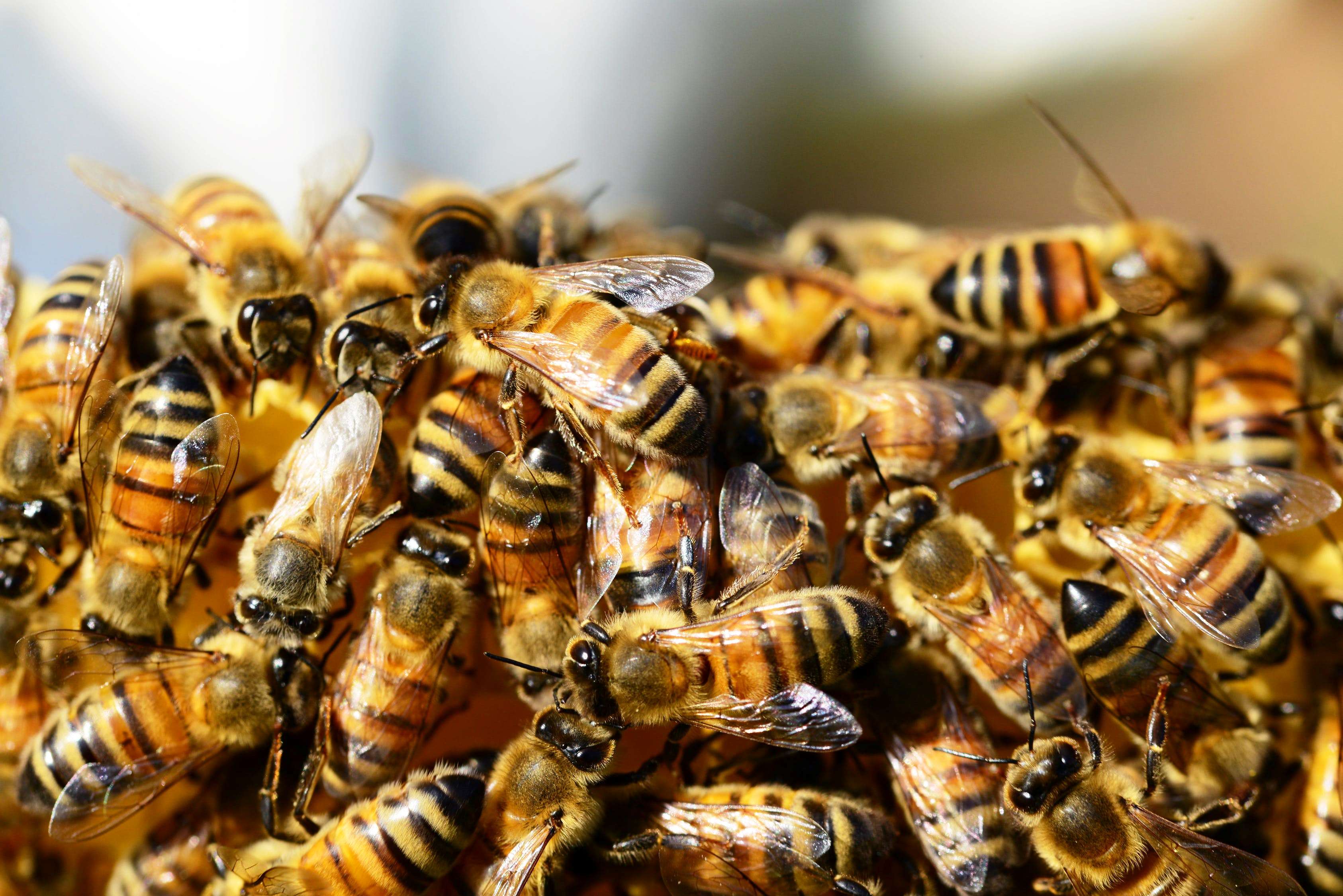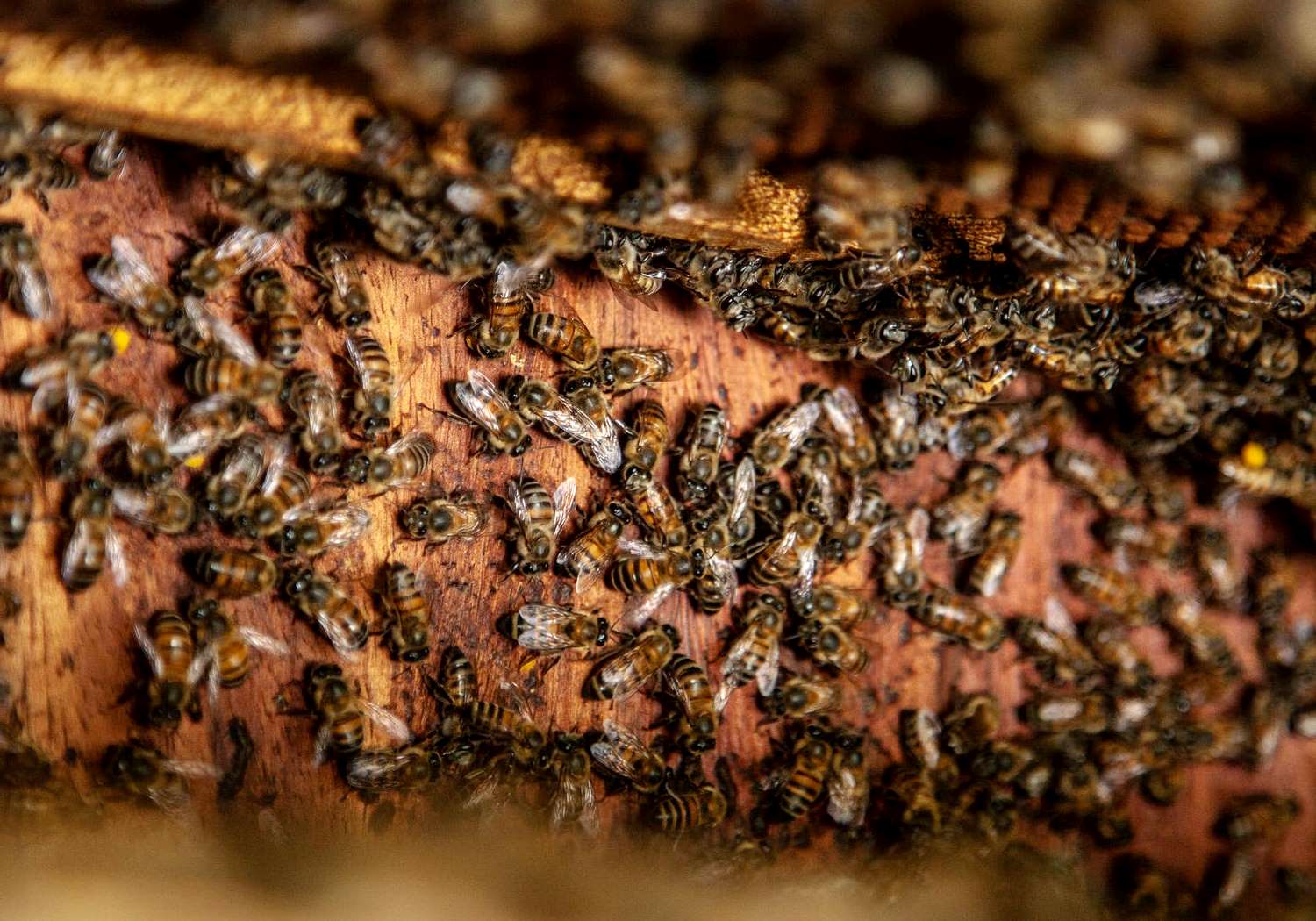Alarm pheromones were discovered in the early 1960’s. They are found in sea anemone, rats, hyenas, shrews, deer, schooling fish, tadpoles, mites, aphids and the social insects which include ants, termites, bees and wasps. In social insects alarm pheromones are widespread.
Recognizing enemies and colony defense is crucial to the survival and future fitness of social insects, particularly for those insects that have numerous predators and are under selective pressure. Currently, the study of alarm pheromones is gaining importance for its use in developing control methods for insect pests. The alarm behaviour can be generalized into fight or flight response. Some characteristic behaviours of alarm are,
Factors such as pheromone concentration, length of exposure, and context also play a crucial role in the reaction to alarm pheromones. The function of alarm pheromones is to warn colony members of an enemy intrusion and not to ward off the intruders. Some insects, especially ants and stinging wasps, can “tag” an enemy with the alarm pheromone so that others know it is an intruder.
Unlike other classes of pheromones, the alarm pheromones are produced in fairly large abundance and appear to be the least specific of all pheromones. They have low molecular weights and are highly volatile. The alarm chemicals are in the form of terpenoids, ketones and aldehydes. They can be released from the mandibular gland, anal gland, poison gland, Dufour’s gland or frontal gland.
All ant species are eusocial and rely heavily on pheromone communication within the colony. The sources of the ant alarm pheromones are the mandibular gland, Dufour’s gland and anal glands. Many ants have stingers that can produce chemical defenses, but those that do not have stingers, such as the Formicinae and Dolichoderinae are essentially houses of chemical warfare.

The following are the few examples of alarm phenomenon in ants:
Alarm pheromones in termites were first discovered over 40 years ago by Ernst. Termite alarm pheromones are often in the form of monoterpene and are only produced by soldiers. The monoterpene also function as toxicants and irritants to enemies that come in contact with them, but their main function is to invoke alarm behaviour. The soldiers secrete the pheromone with a defensive substance from their frontal glands and those soldiers that lack highly evolved frontal glands do not produce alarm secretions.
Some termites produce two enantiomers of a monoterpene and only one of the enantiomers is able to induce alarm. For example, only the (+) enantiomers of alarm pheromone of Nasutitermes princeps causes an alarm behaviour. On the other hand, only (-) enantiomers of alarm pheromone of Nasutitermes costalis causes an alarm pheromone. Furthermore, workers and soldiers respond in different ways to the same alarm substance.

Honey bees are the most studied insects for social behaviour of all the social insects. It has been known among beekeepers for many years that once you have been stung by a honey bee, others will attack shortly thereafter. Beekeepers also know that smoke can mask the bees alarm pheromone and prevent the beekeeper from being noticed. Alarm pheromone is a chemical released from the stinger of worker bees only and only during guarding behaviour. It is interesting to note that individual workers do not respond to alarm pheromones but, as the group size increases, the reaction of individual bees increases logarithmically.
The alarm pheromone is located in the membranes surrounding the stinger along with the poison gland and Dufour’s gland. The bee does not have to sting the enemy in order to release the pheromone. The first response after perceiving a potential enemy is for the bee to open its sting chamber and release the alarm pheromone to recruit other bees from the colony. If the intruder is a big enough threat, the bee will sting its enemy.

The important components of the honey bee alarm pheromone are isopentyl acetate, esters and ketones of varying chain lengths. All species of honey bees have alarm pheromones and the compounds are generally similar among common honey bee species.
In a research study it was found that isopentyl acetate only increases flight activity where as a mixture of chemicals such as isopentyl acetate, butyl acetate, 1-hexanol, 1-butanol, 1-octanol, hexyl acetate, and 2-nonanol served to recruit bees from the interior of the colony.
The only wasps that are considered social and exhibit alarm pheromone communication fall into the family Vespidae, even not all wasps in this family are social. Within this family, the following two groups exhibit alarm pheromones:

Alarm pheromones have been found within the venom glands of worker yellow jackets. The alarm pheromone persists for up to 15 hours which is very rare characteristic of alarm pheromones in general. This long lasting pheromone may aid in detecting predators, such as skunks and raccoons, when they come to the wasp colony. The wasps release the alarm pheromone before the attack, which is more advanced method of communication.
Wasps respond just opposite to honey bees to increasing group size. Isolated, single wasps responded more to their alarm pheromone than those in large groups. The wasps with larger bodies have lower defense activity than smaller species.

- Share with your friends! -
Login to post your comment here...
- or with social Account -